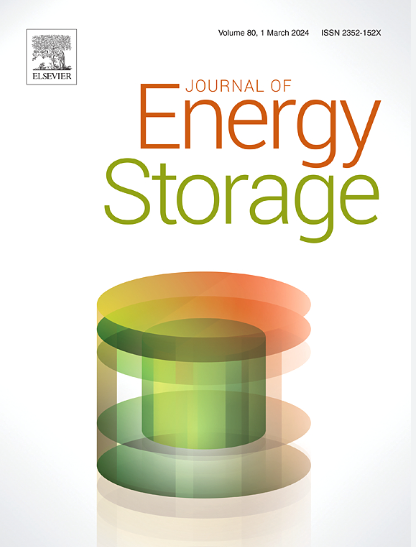Self-discharge estimation of supercapacitor modules at different ventilation levels
Abstract
In most applications, a series connection of multiple supercapacitors is required to construct a module due to the low operating voltage of a single supercapacitor. Each supercapacitor in the module has a different temperature value because of inconsistent temperature distribution and different heat exchange rates. On the other hand, temperature affects the self-discharge process of a supercapacitor. Hence, the difference in the temperatures of supercapacitors leads to different self-discharge characteristics. In this study, the effect of temperature distribution on the self-discharge of a supercapacitor module consisting of eight electric double-layer capacitors (EDLC) is investigated. For this purpose, a lumped thermal model (LTM) is considered for the EDLC module. The parameters of the LTM are extracted from the experimental data. The measured (observed) core temperature of each EDLC cell from the LTM is substituted in the TAFEL equation and the self-discharge behavior of each cell is achieved according to its temperature. The total self-discharge of the EDLC module is obtained from the summation of all self-discharge voltage trajectories in the cells. In order to show the effectiveness of the proposed approach for analyzing the self-discharge phenomenon in the EDLC module, three different possible ventilation levels are considered.

 求助内容:
求助内容: 应助结果提醒方式:
应助结果提醒方式:


